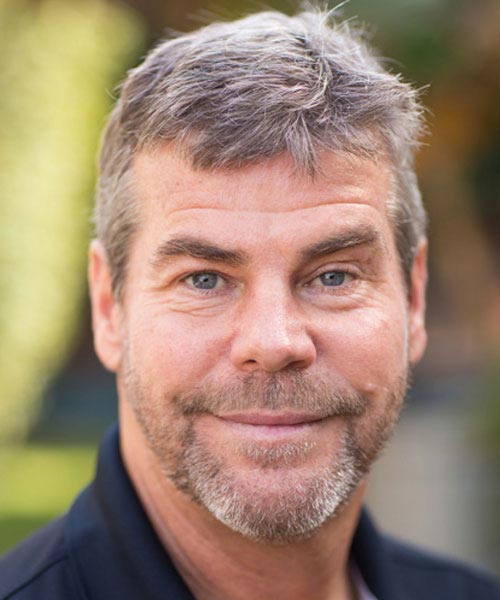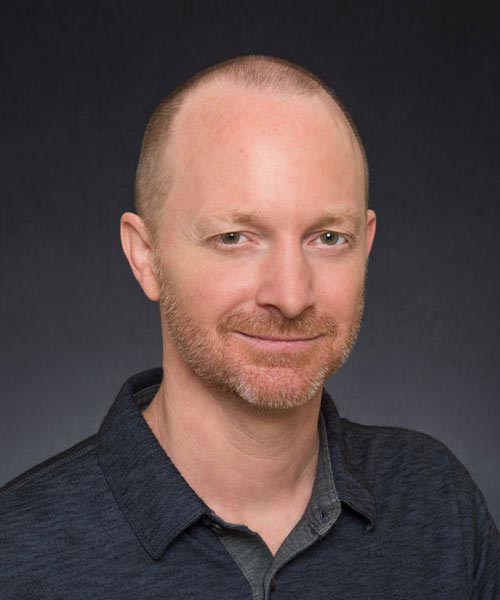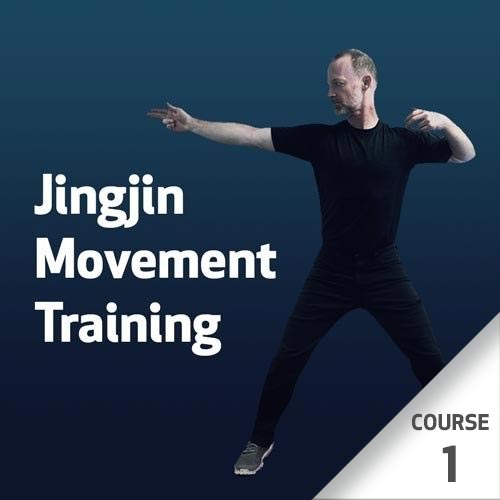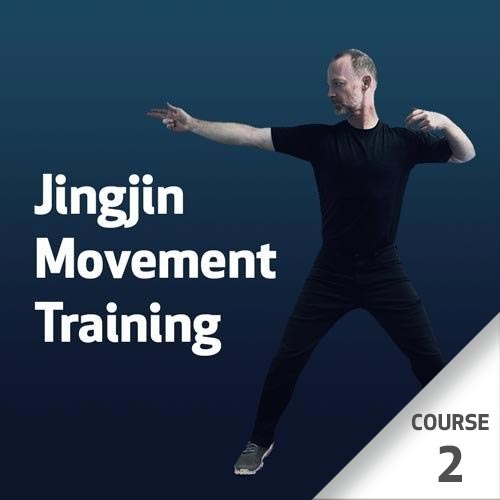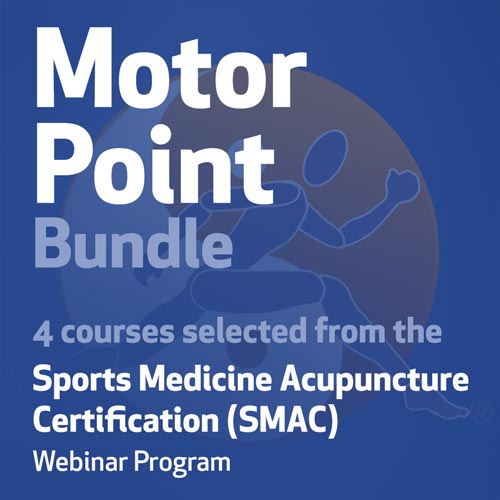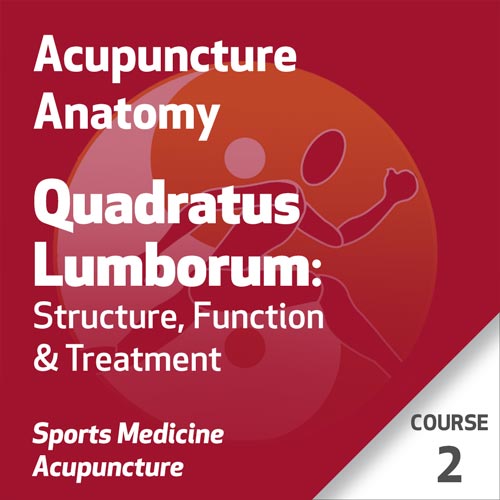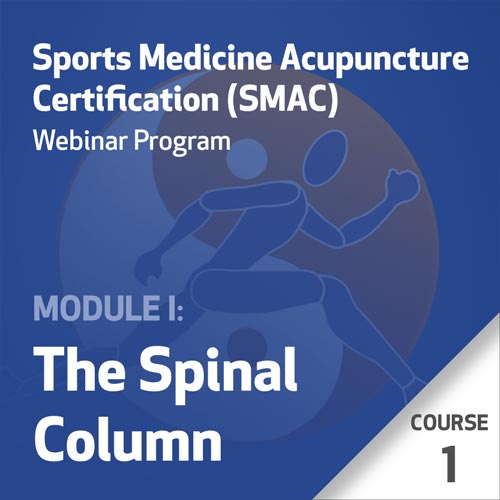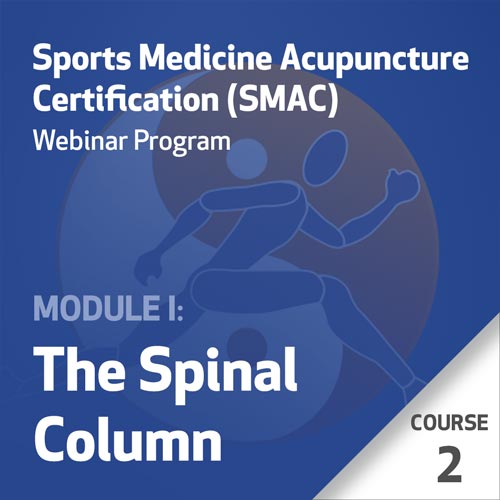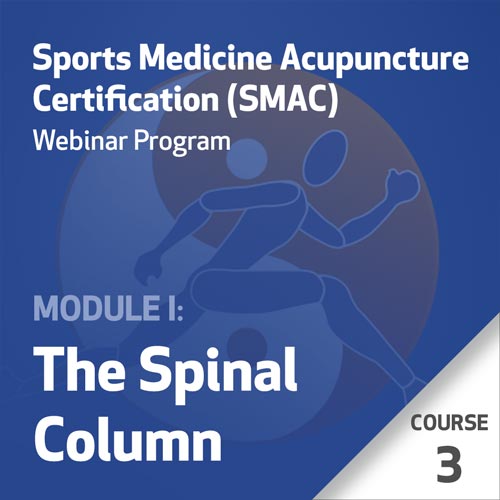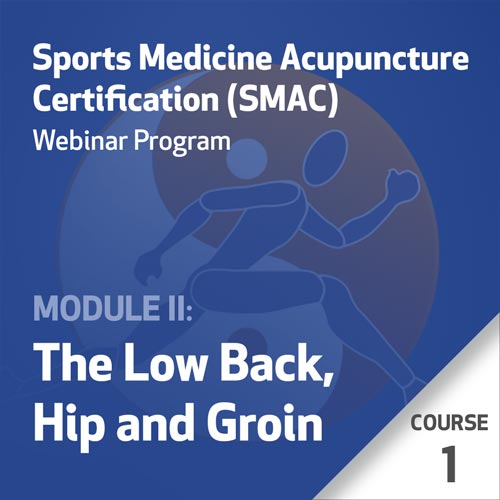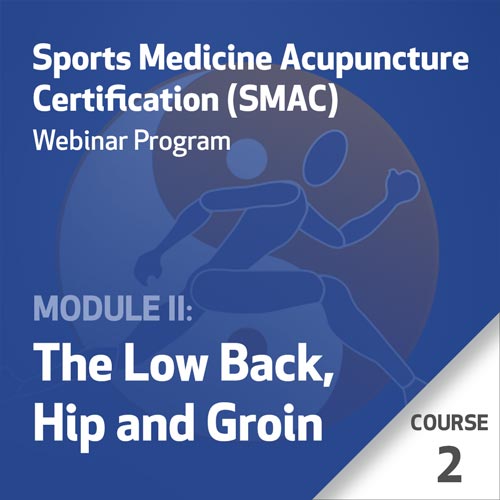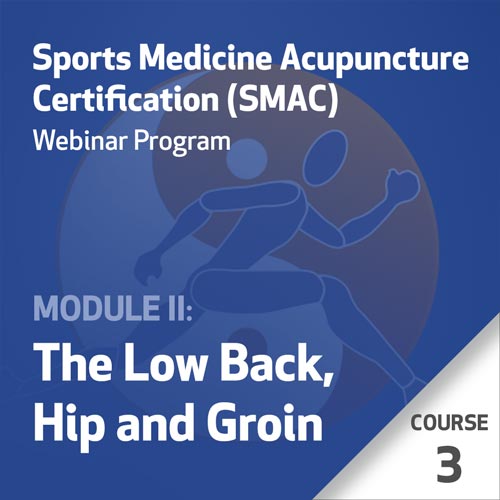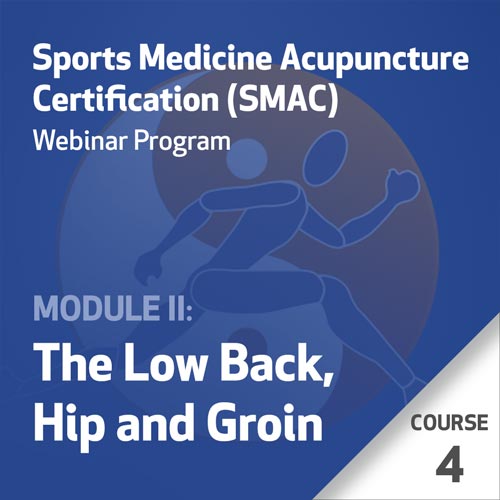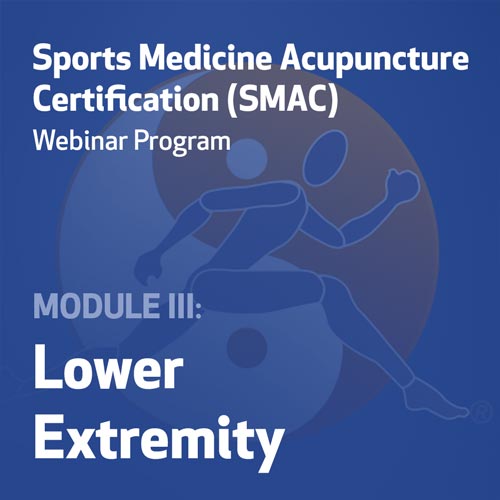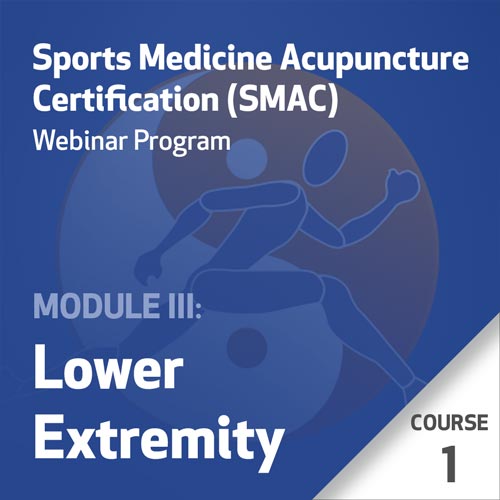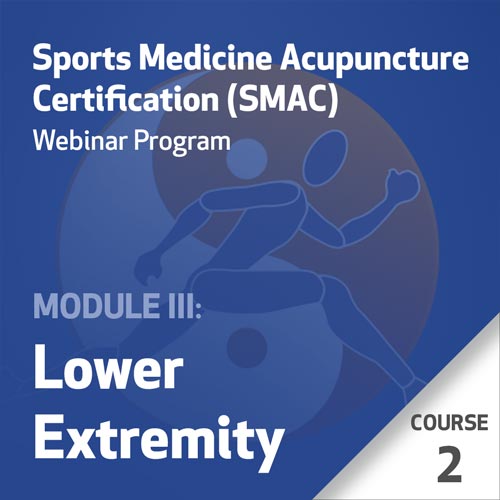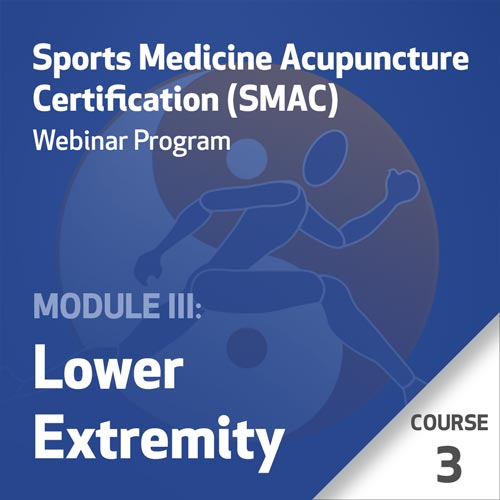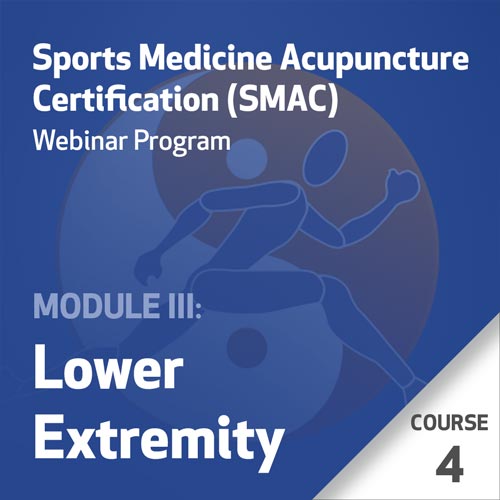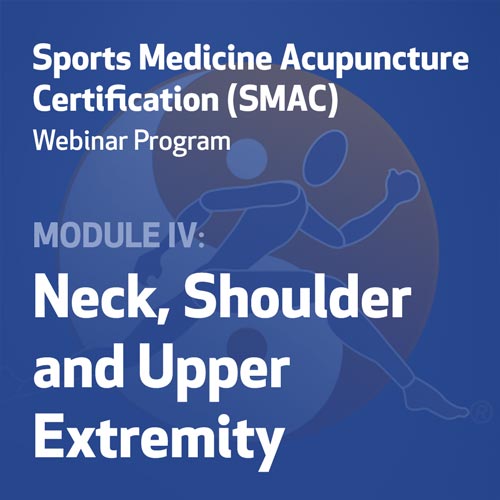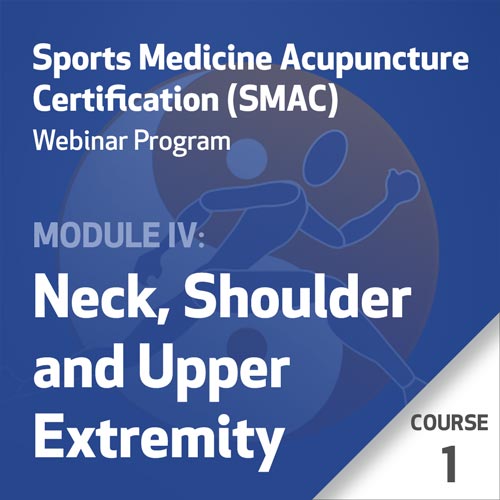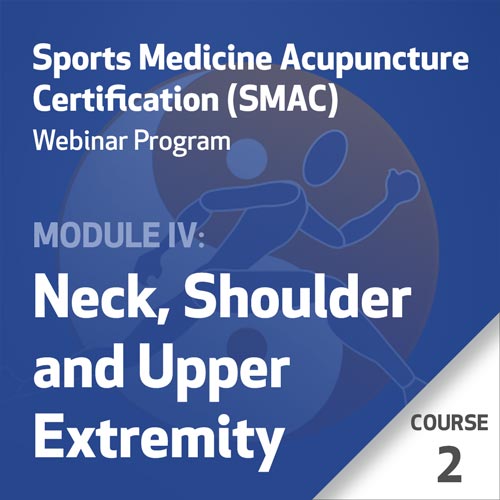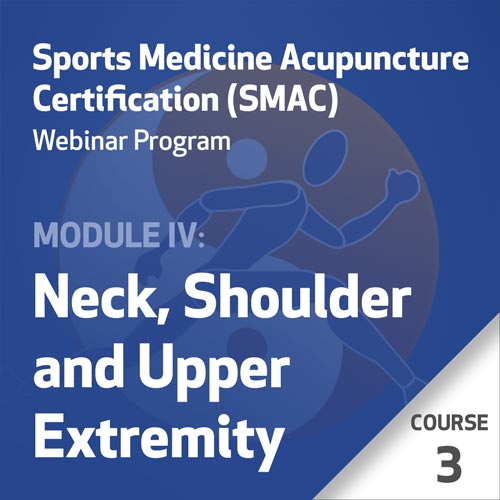Visão Geral Do Curso
The psoas major is a crucial structure to understand as it is involved with the stability and balance of the lumbar spine, pelvis and hip joint. Since it is in such a central location in the body, imbalances in this muscle can impact the entire body, but it is especially important to understand its influence when working with low back, hip and groin pain.
This class will explore the functional anatomy of the psoas major and it will look at its role in spinal and hip mechanics. We will explore how imbalances impact the spine and pelvis and how this muscle can be involved with lordosis, spinal rotations, spinal bends and pelvic tilts. In addition, this class will explore the channel and organ relationships of this muscle to help integrate the anatomy into the channel system. Comprehensive treatment approaches will be explored using local, adjacent and distal acupuncture, myofascial release, and corrective exercises.
Objetivos
-
Understand the anatomy of the psoas major and the influence of this muscle on the lumbar region, pelvis and hip.
-
Learn how to assess for imbalances in the psoas major and how to recognize its impact on the alignment of the lumbar and pelvic region.
-
Understand how the anatomy of this muscle fits in to the channel system, especially the sinew channels (jingjin).
-
Understand the connection of the muscle with the kidney organ and renal fascia, to the diaphragm, to the lumbar plexus, and to other structures.
-
Learn how to treat imbalances in this muscle with acupuncture, myofascial release and corrective exercises.
Descrição
0 hrs - 30 min
Functional anatomy of the psoas major and its relationship to the channel sinews. The role of the psoas major in spinal and pelvic imbalances.
30 min - 1 hrs
Relationship of the psoas major to the kidneys, the diaphragm, and its coordination with the abdominals and piriformis. Understanding this relationships from a channel sinew perspective.
1 hrs - 2 hrs
Assessment of the psoas major. Postural assessment, orthopedic evaluations, and special tests.
2 hrs - 3 hrs
Treatment of the psoas major with acupuncture, myofascial release, and corrective exercises.
Testemunhos
-
Melanie R. (United States of America)
Matt e Brian unem a teoria da MTC e as abordagens médicas ocidentais em um treinamento altamente informativo que pode ter um impacto imediato em sua eficácia como praticante. (Traduzido automaticamente da EN)
-
Christopher S. (United States of America)
Ótimo curso. Capaz de usar na clínica no dia seguinte ao curso. (Traduzido automaticamente da EN)
-
Oliver L. (United States of America)
Matt e Brian combinaram seu excelente conhecimento da teoria dos canais chineses com um profundo conhecimento fisiológico e anatômico para criar um programa absolutamente excepcional. Melhora tanto o seu conhecimento quanto a aplicação do conhecimento. (Traduzido automaticamente da EN)
Testemunhos
Matt e Brian unem a teoria da MTC e as abordagens médicas ocidentais em um treinamento altamente informativo que pode ter um impacto imediato em sua eficácia como praticante. (Traduzido automaticamente da EN)
Melanie R. (United States of America)
Ótimo curso. Capaz de usar na clínica no dia seguinte ao curso. (Traduzido automaticamente da EN)
Christopher S. (United States of America)
Matt e Brian combinaram seu excelente conhecimento da teoria dos canais chineses com um profundo conhecimento fisiológico e anatômico para criar um programa absolutamente excepcional. Melhora tanto o seu conhecimento quanto a aplicação do conhecimento. (Traduzido automaticamente da EN)
Oliver L. (United States of America)
O programa SMAC É A razão pela qual minha prática decolou quando eu era um jovem acupunturista de bebês. Serei eternamente grato a Matt, Brian e toda a equipe, e estou sempre ansioso para aprender mais e reforçar o material. (Traduzido automaticamente da EN)
Keri J. (United States of America)
o curso incorpora a compreensão da medicina ocidental e chinesa, o que preenche a lacuna entre os 2 sistemas (Traduzido automaticamente da EN)
Khalil B. (Australia)
Se você não tem confiança no tratamento de dor lombar crônica ou dor no quadril - eu recomendo fazer este curso para aprender mais sobre o papel do músculo psoas em relação à dor lombar e no quadril crônica - isso aumentará suas habilidades, conhecimento e resultados clínicos! (Traduzido automaticamente da EN)
Jennah B. (United States of America)
Ótimos vídeos sobre anatomia, diagnóstico, testes, liberações e técnicas de agulhamento! Muito instrutivos e informativos! Comunicação clara e concisa. (Traduzido automaticamente da EN)
Amy L. (United States of America)
Eu recomendo este curso. Como acupunturista, preencheu algumas lacunas para mim do ponto de vista da medicina ocidental. Robyn V, Austrália (Traduzido automaticamente da EN)
Robyn V. (Australia)
O curso foi excelente por proporcionar uma compreensão muito melhor das funções dos psaos e do relacionamento com a MTC. Vídeos de cadáveres são excelentes para me ajudar a visualizar. (Traduzido automaticamente da EN)
Debbie H. (United States of America)
Este é um curso que continuo a estudar, pois me guia com precisão e conhecimento sobre o Psoas e como ele é envolvido, desde o diafragma até o assoalho pélvico. Eu recomendo fortemente que você possua este pedaço de conhecimento para consultar. (Traduzido automaticamente da EN)
DR DIANA H. (United States of America)
Este curso foi altamente profissional, detalhado, descritivo, explicativo, claro, completo, informativo e cativante. Usarei essas técnicas para avançar minha prática. Ambos os professores foram excepcionais! (Traduzido automaticamente da EN)
Jill C. (United States of America)
Este curso mergulha na anatomia do músculo psoas maior e como ele influencia o movimento, a respiração e como pode causar dor/disfunção na postura. Esta é uma educação muito necessária, uma vez que a maioria dos pacientes chega com dor lombar, unilateral, "quadril" elevado, dor na virilha, etc. Obrigado! (Traduzido automaticamente da EN)
Jenny F. (United States of America)
Amo este curso para a parte do cadáver (Traduzido automaticamente da EN)
Brittany K. (Canada)
Matt e Brian estão na vanguarda da pesquisa em Medicina Chinesa e na compreensão do sistema de canais, do sistema de tendões e da interação de músculos, órgãos e tecidos conjuntivos. Aprendo algo novo toda vez que os assisto ou leio seus escritos. E suas dissecações de cadáveres trazem o conhecimento à vida. (Traduzido automaticamente da EN)
Christopher Chaka R. (United States of America)
Este material é um divisor de águas. Fiz esses cursos em 2018 e vi mais progresso com 90% dos meus pacientes. Sou realmente grato. (Traduzido automaticamente da EN)
Deborah S. (United States of America)
Ótima aula (Traduzido automaticamente da EN)
MYEONG CHEOL L. (United States of America)
Professores
Matt Callison
Matt Callison is a renowned instructor and published author of the Motor Points and Acupuncture Meridians Chart and quintessential texts such as the Motor Point Index (MPI) Reference Guide and Sports Medicine Acupuncture: An Integrated Approach Combining Sports Medicine and Traditional Chinese Medicine. He has over 27 years of experience in sports medicine and acupuncture.
Brian Lau
Brian Lau, AP, CSMA, is certified in both Sports Medicine Acupuncture and Structural Integration. He has been on faculty since 2013 with the Sports Medicine Acupuncture Certification (SMAC) program, where he teaches anatomy and physiology, assessment and treatment of the channel sinews (jingjin), and myofascial release.
Aviso Legal
Please read these important disclaimers before purchasing:
...

